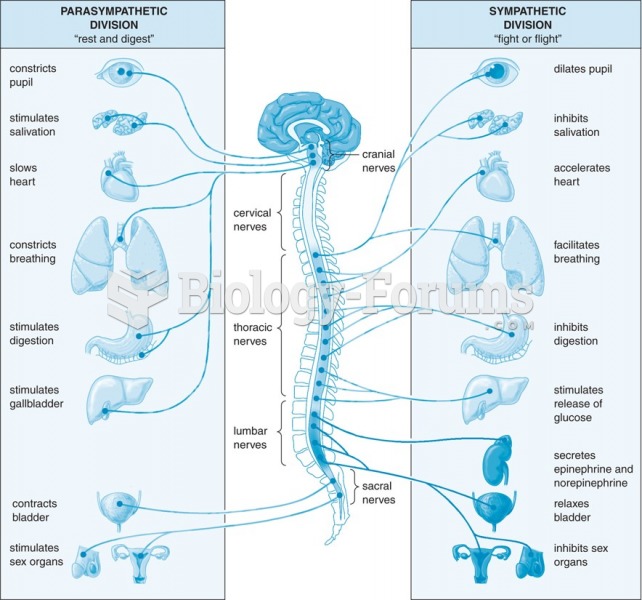|
|
|
Did you know?
There are 60,000 miles of blood vessels in every adult human.
Did you know?
More than 2,500 barbiturates have been synthesized. At the height of their popularity, about 50 were marketed for human use.
Did you know?
By definition, when a medication is administered intravenously, its bioavailability is 100%.
Did you know?
Russia has the highest death rate from cardiovascular disease followed by the Ukraine, Romania, Hungary, and Poland.
Did you know?
Women are 50% to 75% more likely than men to experience an adverse drug reaction.







